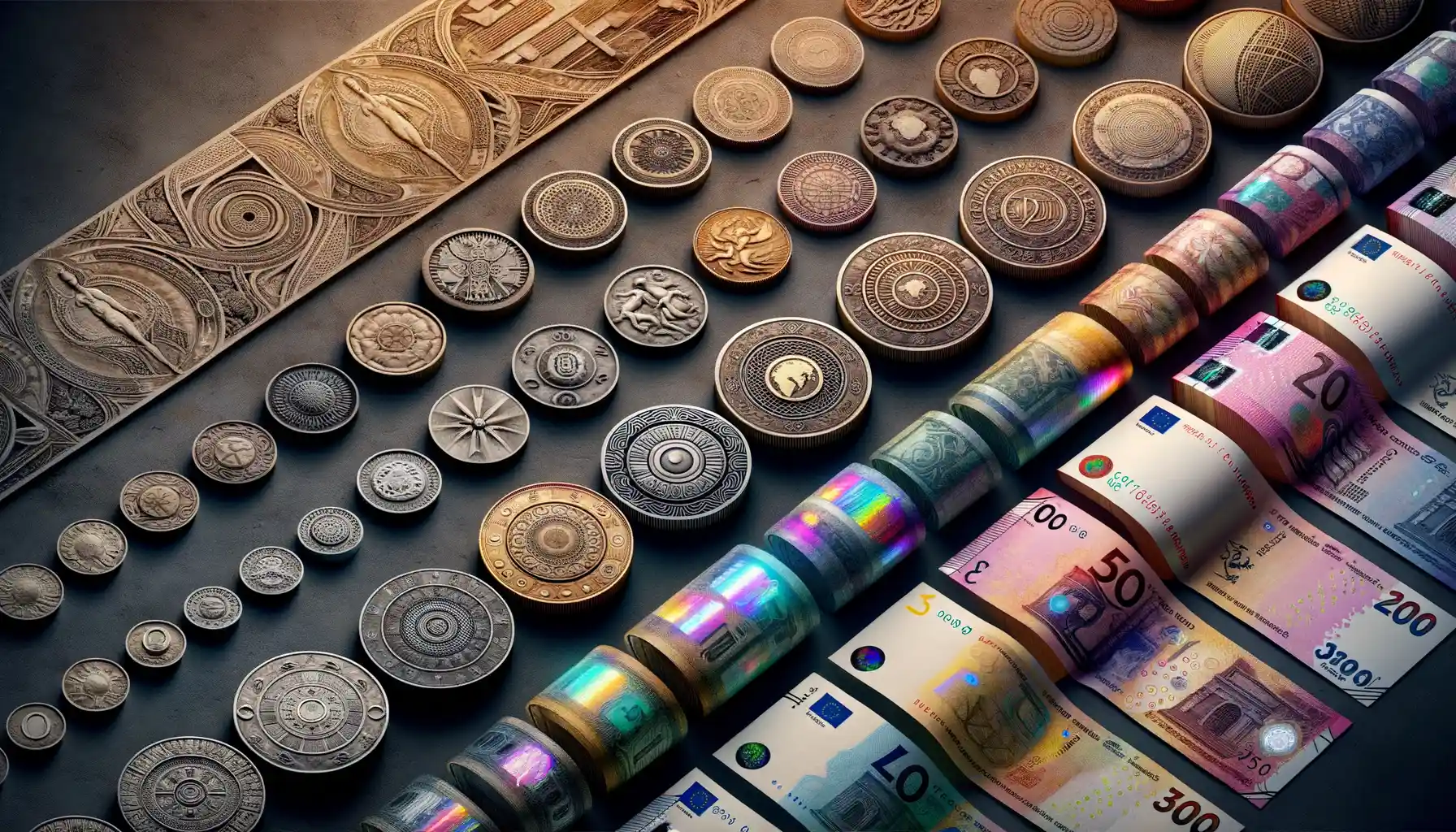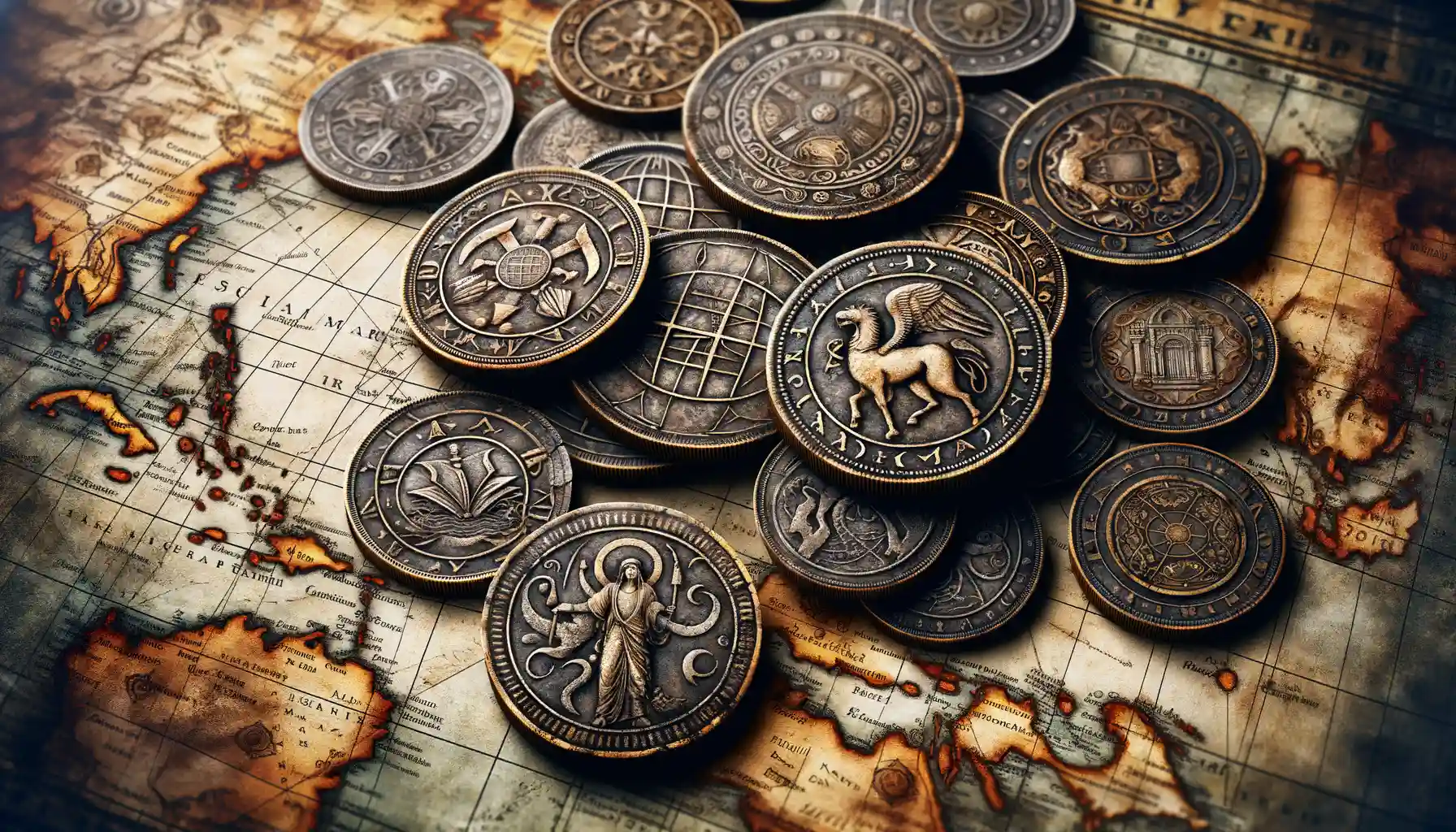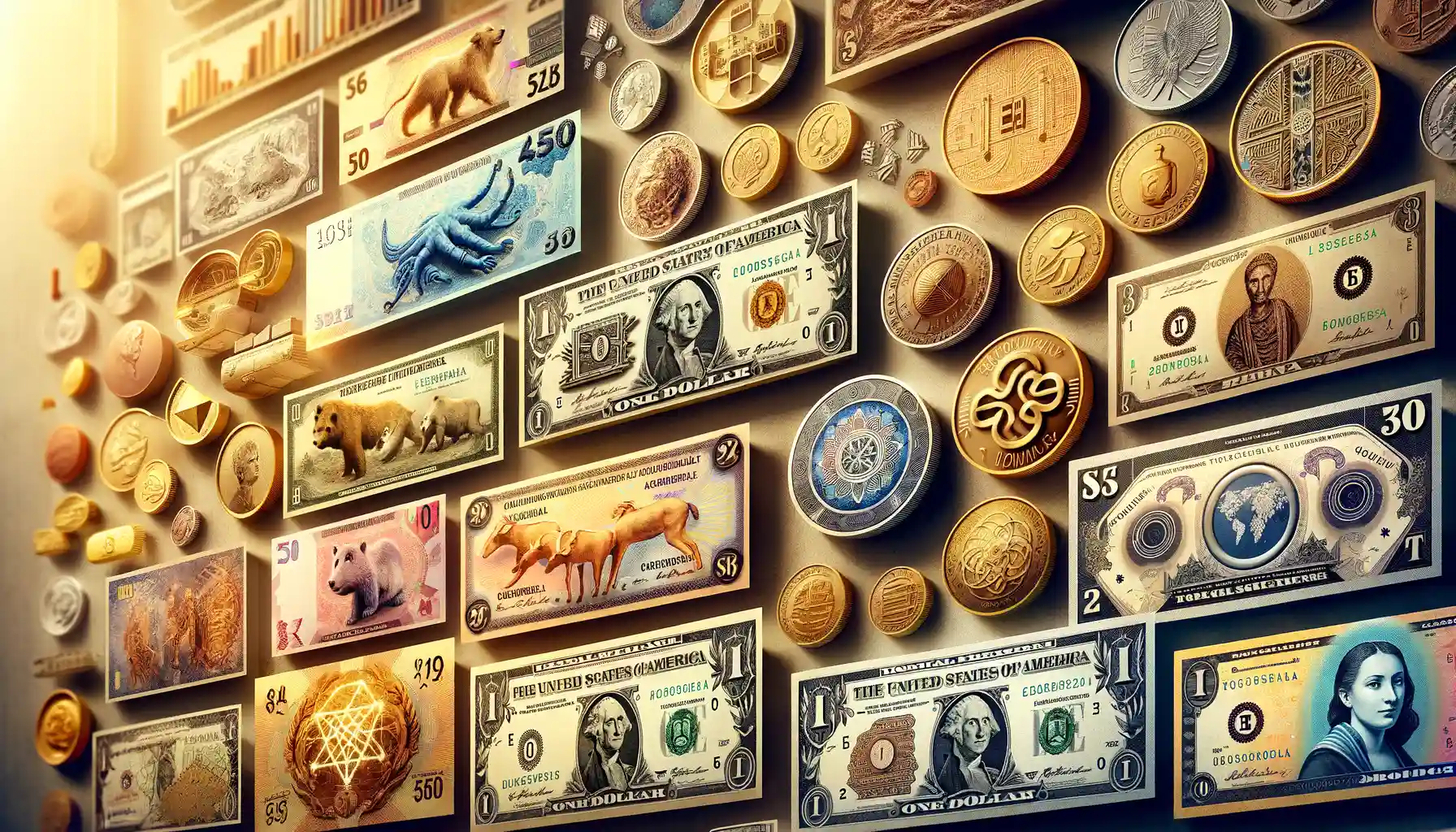Historical Significance of Ancient Coins
The Stories Embedded in Ancient Coins
Imagine holding a coin that has been passed through the hands of emperors, merchants, and everyday citizens thousands of years ago. Ancient coins are not just pieces of metal; they’re miniature time capsules. These aren’t mere relics—they’re storytellers. Each design, scratch, and engraving reveals a world long gone but still whispering to us.
Take, for example, the radiant sunburst on Alexander the Great’s silver tetradrachms. That wasn’t just decoration—it symbolized his divine connection to Zeus. Or consider the Roman denarius, which proudly displayed the faces of rulers. These weren’t just monetary tokens; they were propaganda tools announcing power and prestige.
- Some coins reveal the ancient trade routes they traversed by their origin metals.
- Others highlight major cultural shifts—like the introduction of democracy or religious transitions.
The beauty is in the details: the worn edges from countless exchanges, the inscriptions in forgotten languages, or the painstakingly stamped images of gods, animals, and mythical beasts. These coins don’t just belong to history—they breathe life into it. What other artifacts can you so easily pick up and hold in the palm of your hand?
Design Elements Passed Down to Modern Currency

The Timeless Art of Coin Design
Take a close look at the coins jingling in your pocket. Notice anything? The flourish of intricate designs, the careful choice of symbols—so much of what we see in modern currency borrows from ancient times. Ancient coins weren’t just tools for trade; they were miniature canvases, showcasing identity, power, and artistry.
Today’s currency still carries that artistic DNA. Imagine the profile of a leader on a modern coin. This isn’t just a nod to history—it’s a direct descendant of Roman denarii, where emperors’ faces were engraved to reinforce authority. Those rulers understood the power of image, a tradition echoed every time we spot figures like Washington or Queen Elizabeth on our money.
- Animal motifs, like eagles and lions, roar across centuries, symbolizing strength and sovereignty.
- Floral patterns, borders, and crests still adorn coins, pulling us back to the decorative traditions of ancient Greece and Persia.
Echoes of Ancient Identity
And let’s not ignore the inscriptions. Those bold statements etched onto metal—“E pluribus unum” or similar mottos—have ancient roots too. Early coins often proclaimed civic pride or divine favor, much like today’s currencies assert national identity. Whether it’s the Greek owl for wisdom or our present-day state quarters, each presses its message deeply into history—and into your hands.
Economic Principles Rooted in Ancient Coinage

How Ancient Coins Shaped Timeless Trade Rules
Imagine holding a glimmering Roman denarius or a Greek drachma in your hand. These weren’t just pieces of shiny metal; they were the lifeblood of entire economies and laid the groundwork for economic principles we still use today. Ever wondered why a currency’s value depends on trust? It all began with these early coins.
For ancient civilizations, coins carried weight—quite literally. A coin’s material, often silver or gold, wasn’t just ornamental; it was its *value*. This tangible link between currency and worth gave birth to concepts like intrinsic value and inflation. When rulers diluted precious metals in their coins, the public caught on. Trust wavered, prices soared—voila, the first instance of inflation!
- Standardization: Ancient mints ensured uniform size and weight for coins, paving the way for standardized currencies today.
- Portability: Coins replaced cumbersome barter systems, making trade smoother and faster.
Think about this: every time we swipe a card or spend a banknote, echoes of those ancient economic lessons linger. Those ancient coins weren’t just money—they were the first financial teachers humanity ever had.
Cultural and Symbolic Impact on Modern Money

The Stories Money Tells
Modern currency is more than just paper and metal—it’s a stage where history, art, and identity come alive. These everyday objects whisper the soul of ancient coins, which were much more than mere tools for trade. They were vessels of power, pride, and even rebellion. Today, the echoes of those cultural and symbolic roles resonate in the money we carry.
Think of the faces engraved on bills—the solemn gaze of presidents, revolutionary leaders, or monarchs. Much like the profiles of Roman emperors or Greek gods once stamped into ancient drachmas and denarii, these images remind us that money is a canvas of storytelling. It doesn’t merely buy things; it asserts identity and heritage.
- Symbols of freedom: The eagle on the U.S. dollar harks back to ancient heraldry, embodying strength and independence.
- Unity through design: Euro banknotes feature bridges and arches, symbolizing connection—a sentiment as old as Roman aqueducts.
Even color choices matter. Ancient gold coins radiated wealth, just as today’s vibrant currencies evoke trust, value, and sometimes nostalgia. Beneath its surface, money carries messages. What story does yours tell?
Money as a Reflection of Society
Look closer, and you’ll see that every coin or bill is a miniature time capsule. Just as the ancients used coinage to depict victorious battles or divine favor, modern money mirrors our collective values and aspirations.
Consider commemorative pieces. A limited-edition coin might celebrate a new era of peace or scientific breakthrough. This parallels how ancient civilizations struck coins to honor treaties or celestial events. Even cryptocurrency, cutting edge as it may seem, has its own set of symbols and myths—proof that the human need for meaning never truly changes.
Our wallets aren’t only filled with currency; they’re brimming with cultural DNA.
Technological Innovations Inspired by Ancient Practices

Ancient Ingenuity Meets Modern Tech
Imagine holding an ancient coin in your hand—a tiny capsule of creative problem-solving from thousands of years ago. The fascinating part? Some of those old-world whispers echo in today’s most cutting-edge technologies. Take the **Lydians**, for instance, credited with minting the first standardized coins. Their innovation? Precision alloys. Fast-forward to modern times, and that same principle is embedded in creating durable tech components like microchips. Coin edges weren’t just decorative; they served as early anti-counterfeiting measures. Today, similar ideas fuel QR codes, holograms, and blockchain-based security in digital transactions.
- Roman coins influenced milling techniques; now, we see this mirrored in currency production machinery.
- Ancient dies used for imprinting images? Think of them as the ancestors of today’s industrial molds and 3D printing methods.
The Art of Hidden Codes in History
Ever noticed the intricate engravings on **Greek drachmas** or **Chinese knife money**? These weren’t just art; they were a language—symbolic storytelling that communicated power, trade routes, or even hidden messages. In the world of cryptocurrency, this morphs into encrypted data strings that hold value, security, and trust. It’s like the ancients laid the groundwork for every dazzling Bitcoin transaction today. The past, quite literally, carved the path for the algorithms we trust!